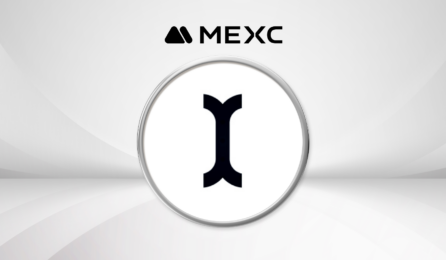2020 Looks to End with USD On Its Knees – A Final Analysis
With only one trading day left in the year, the U.S. dollar (USD) continues to make new lows. Ever since the Fed announced the opening of USD swap lines in response to the liquidity shrink in March, the USD never looked to bounce back.
In the meantime, around one-third of all the USD ever created entered the market in 2020. Therefore, the lower Dollar index has an explanation.
The problem with the lower USD narrative is that the entire market is short dollars. The USD short positioning has reached extreme levels – not seen even during the 2008 – 2009 financial crisis.

EURUSD
Copy link to sectionThe most popular currency pair on the FX dashboard traded above 1.23 yesterday. Shortly after it did that, the ECB intervened again, just like when the pair reached 1.20 for the first time this year.
This time it was Olli Rehn, the Governor of the Bank of Finland, and a member of the Governing Council of the ECB, that came out expressing his concerns over the strong exchange rate. In an interview with Borsen-Zeitung, a German newspaper, Rehn said that the higher EURUSD exchange rate was mostly driven by factors out of the U.S. Also, while the ECB is not targeting a specific exchange rate, it monitors the rate developments closely as a higher exchange rate makes it difficult for the ECB to reach its inflation mandate, and it also leads to a loss of competitiveness.
From the moment Rehn’s remarks were known, the EURUSD rate dropped over thirty pips – impressive, given the market conditions ahead of the end of the year. Even if the EURUSD will drop from here on, the pair had a fantastic year, rising from below 1.07 to over 1.23.
AUDUSD
Copy link to sectionAnother pair reflecting the ongoing weakness in the U.S. dollar, the AUDUSD literally had no pullbacks after the drop in March 2020. It simply moved higher and higher, hand in hand with the U.S. equity markets. This time, the Reserve Bank of Australia (RBA) did not intervene, as the strength of the exchange rate was somehow compensated by higher commodity prices (e.g., copper, iron ore).
GBPUSD
Copy link to sectionCable recovered the 1.36 level now that Brexit seems to be behind. The risk here is that the country’s businesses will wake up to a cruel reality if we only consider that businesses that used to export to the European Union now need custom papers to do so, thus becoming less competitive for the single market. Nevertheless, the USD weakness coupled with the relief of avoiding a hard Brexit sent the pair higher.
All in all, the USD fell across the board, literally depreciating against all other G10 currencies. Will the trend continue in 2021?








